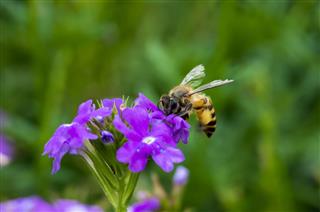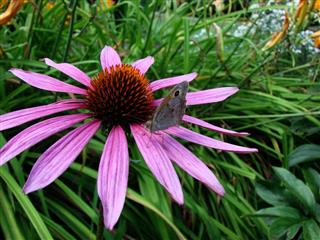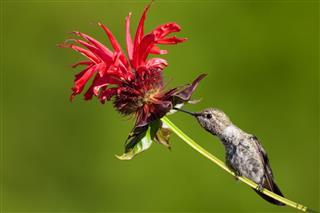
Going through these examples of mutualism will help you understand this biological interaction which has a crucial role to play in smooth functioning of an ecosystem.
Each and every organism on the planet is a part of the ecosystem and thus, has to interact with various other organisms in the environment for basic survival. In biology, this interaction is known as ‘biological interaction’. Such interactions don’t just facilitate the survival of species, but also ensure that the ecosystem―as a whole―functions in a smooth manner.
There are different types of biological interactions which are categorized on the basis of the behavior of the organisms involved, namely neutralism, amensalism, competition, antagonism, and ecological facilitation. The last in the lot, ‘ecological facilitation’ is further divided into commensalism and mutualism. One has to go through some examples of these two in order to understand the intricate details involved.
What is Mutualism?
If such biological interaction is observed within two organisms belonging to the same species, it is known as co-operation. Many people tend to use the two terms, mutualism and symbiosis interchangeably, which is technically incorrect.
Examples of Mutualism
Trophic Mutualism: Resource-Resource Benefit
This is a type of mutual relationship wherein both species involved benefit in the form of resources. The relationship between the coral polyps―organisms which come together to form corals―and zooxanthellae―a single-celled algae which lives within the coral polyps―is one of the best trophic mutualism examples. In this case, coral polyps depend on the photosynthesis process carried out by zooxanthellae, while zooxanthellae depend on nitrogen which the coral polyps derive from hunting at night.
Dispersive Mutualism: Resource-Service Benefit
The pollination process involving angiosperms (flowering plants) and insects (such as bees and wasps) is the best example of this form of mutualism. While the insects are resource beneficiaries, i.e., they derive food resource in the form of nectar, plants benefit from pollination carried out by these insects, which helps them reproduce. Interestingly, several species of plants tend to mimic insects to facilitate the entire process. For instance, the floral structure and color of various orchid species closely resembles a female wasp, owing to which male wasps are deceived into the process of pollination.
Defensive Mutualism: Service-Service Benefit
Defensive mutualism is the relationship shared by two organisms wherein one organism depends on other for protection against predators or parasites and returns the favor by providing food and shelter to its protector. The best example of defensive mutualism is the relationship shared by ants belonging to the genus Pseudomyrmex and various Acacia tree species. While the ants take shelter on Acacia trees and defend these trees from parasites, they get benefited from shelter and food (parasites) provided by the tree.
Other than the different types mentioned above, some sources also divide mutualism into two types: obligate mutualism, wherein two organisms are dependent on each other to such an extent that one cannot survive without other, and facultative mutualism, wherein even though the two organisms are dependent on each other, they can survive without each other. While the Acacia tree and ants example given above is the best example of obligate mutualism, wherein both species cannot exist without each other, the wasp and orchid example is the best example of facultative mutualism, wherein both are dependent, but can survive without each other.












